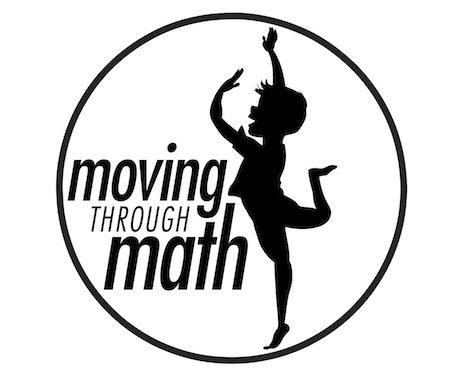In Waterloo, Iowa, students use pattern blocks to learn about shapes and structures, analyze their characteristics, construct and manipulate mental representation of objects, and develop mathematical language to communicate their understanding of shapes. Investigations curriculum is used to further support student’s construction of knowledge. The Iowa Core grade 3 overview expects students to reason with shapes and their attributes (Iowa Core Mathematics, 2012). However, with all the experiences provided within the core instruction, students continue to struggle with analytical seeing geometry, and spatial reasoning.
The Waterloo district provides intensive after school instruction called FLASH. The FLASH program allows teachers to pre-assess students in the areas of math and reading to determine participants. The FLASH program provides 6 – 8 sessions of intensive and supplemental instruction based on area of need. The instructional decision is based on the FLASH instructor, but must align with district and Iowa Core standards.
Based on the FLASH data of 2012, subgroups made little to no gain in the area of geometry and spatial reasoning based on the Iowa Assessment results. In addition, third graders at Kittrell Elementary in Waterloo displayed below proficient scores in the area geometry. Scores were significantly lower for low SES students.
The variable that has more flexibility and little monitoring is the content of FLASH instruction. It is my argument that FLASH be differentiated to meet the various learning modalities. The district is addressing the need to increase depth of knowledge through classroom discussions (Chapin, et al, 2009), and implementing the five practices for orchestrating math discussions (Smith and Stein, 2011). However, the core curriculum has little opportunity for kinesthetic application. Moving through math lessons, created by Marcia Daft (2011), address Howard Gardner’s theory of multiple intelligences (1983) as students actively experience math concepts.

